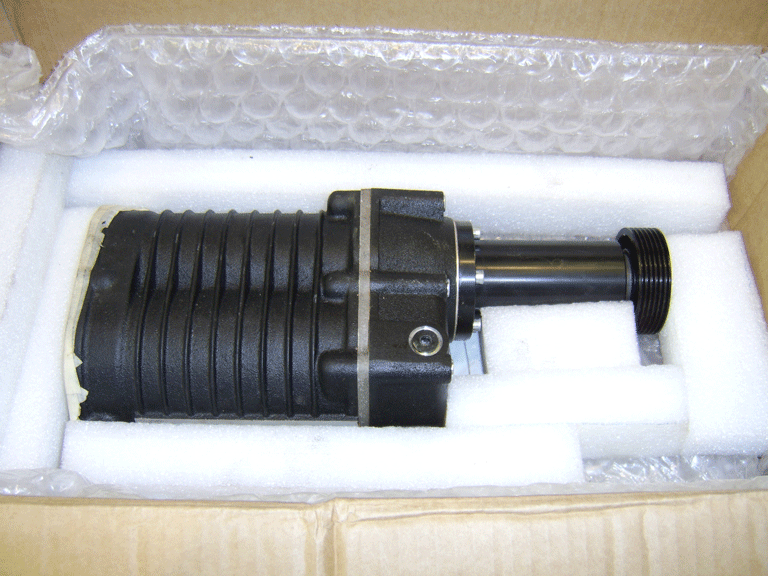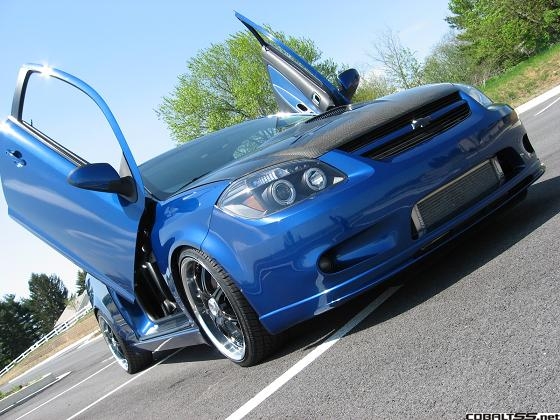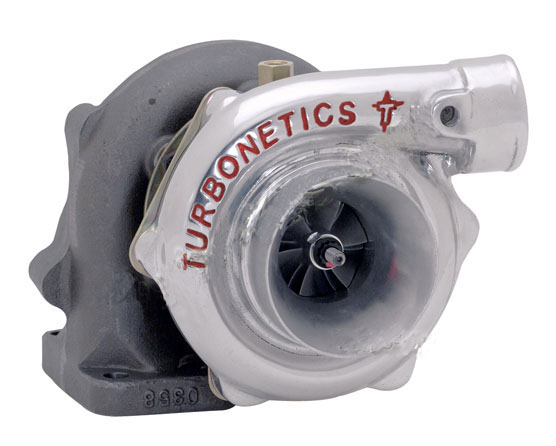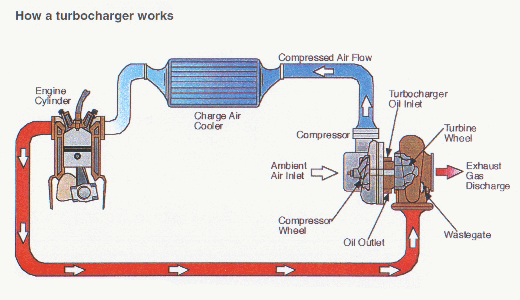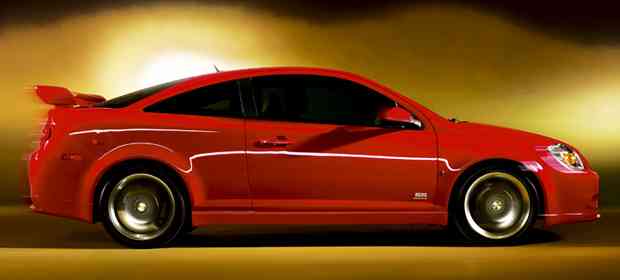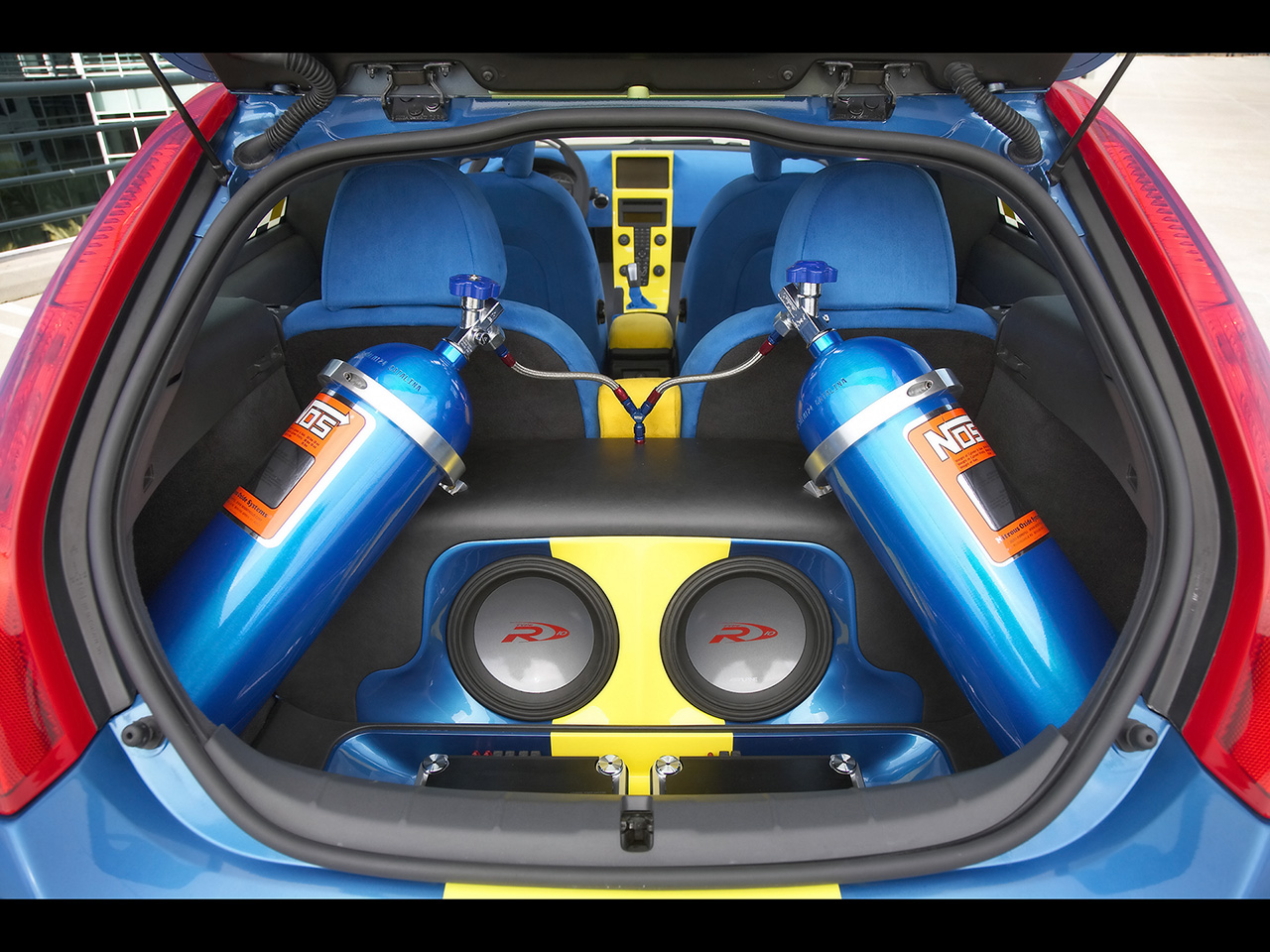| |
| |
Forced induction is a way of easily adding large amounts of power to your motor. Typically, there are 3 main types of forced induction, and all other types come from these three main types. They are superchargers, turbochargers, and nitrous oxide. |
|
A supercharger is an air compressor used for forced induction of an internal combustion engine. The greater mass flow-rate provides more oxygen to support combustion than would be available in a naturally-aspirated engine, which allows more fuel to be provided and more work to be done per cycle, increasing the power output of the engine. A supercharger can be powered mechanically by a belt, gear, shaft, or chain connected to the engine's crankshaft. |
|
| The Roots-type supercharger is simple and widely used. It can also be more effective than alternative superchargers at developing positive intake manifold pressure at low engine speed, making it a popular choice for passenger automobile applications. Peak torque can be achieved by about 2000 rpm. |
|
| A great car to look at for forced induction is the 2005-2009 Chevrolet Cobalt SS. This is because they used both superchargers and turbochargers depending on the year of production. Available as a coupe only, the SS Supercharged featured the 2.0 L LSJ Ecotec engine with an Eaton M62 Roots type supercharger and air-to-liquid intercooler. The engine makes 205 hp at 5600 rpm and 200 lb/ft at 4400 rpm. Optional for the LSJ was a performance package coded G85 that added Recaro bucket seats and a limited slip differential (LSD). The SS/SC has a known track time of 14.4 seconds in the 1/4 mile but has been known to produce times as low as 14.0 in a stock car. |
|
| A turbocharger is an air compressor used for forced induction of an internal combustion engine powered by an exhaust gas turbine. Turbochargers are driven by the pressure of the exhaust gases. A turbocharger is essentially a supercharger. However, there are many advantages and disadvantages between the two. For example, a turbocharger uses "free" energy provided by the exhaust of an engine. This can actually help improve gas mileage. A supercharger, however, is belt driven and uses some of the engine's power to make more power. This harms gas mileage. On the other side, a supercharger is a lot safer because of the simplicity of its design. An improper turbocharger setup or lack of maintenance can prove to be deadly to an engine. |
|
| The turbocharger is consisted of many different parts. A manifold, blow off valve, wastegate, intercooler, and downpipe are essential parts of a turbo system. You will also need various, specific forms of air piping, fittings, and oil lines for a turbo system. Because there are so many parts involved, there are that many more ways for a turbo system to cause a problem. |
|
| For the Cobalt, the LSJ engine did not meet emissions requirements for the 2008 model year, and General Motors' contract with Eaton had expired. However, in fall 2007, a more powerful Cobalt SS was announced for the second quarter of 2008. The car would be equipped with the 2.0 L, turbocharged, direct injected, VVT, LNF Ecotec engine, making 260 hp at 5300 rpm and 260 lb/ft at 2000 rpm, and remain mated to the F35 5-speed manual transmission. The car's electronics are also new, and along with greater assist in poor traction conditions, add a "no-lift-shift" feature. During a no-lift-shift, the driver shifts normally by depressing the clutch, but the accelerator pedal is held wide open. Also new is "launch control", which feathers the throttle at roughly 4800 rpm until engagement of the clutch, allowing more consistent launches in competitive situations. The SS/TC has a known track time of 13.9 seconds in the 1/4 mile but has been known to produce times as low as 13.5 in a stock car. |
|
Nitrous oxide, commonly known as "laughing gas", is a chemical compound with the chemical formula N2O. At room temperature, it is a colorless non-flammable gas, with a pleasant, slightly sweet odor and taste. It is known as "laughing gas" due to the euphoric effects of inhaling it. It is also used as an oxidizer in rocketry and in motor racing to increase the power output of engines.
In vehicle racing, nitrous oxide allows the engine to burn more fuel and air, resulting in a more powerful combustion. The gas itself is not flammable, but it delivers more oxygen than atmospheric air by breaking down at elevated temperatures. |
|
| One of the major problems of using nitrous oxide in a reciprocating engine is that it can produce enough power to damage or destroy the engine. Very large power increases are possible, and if the mechanical structure of the engine is not properly reinforced, the engine may be severely damaged or destroyed during this kind of operation. It is very important with nitrous oxide augmentation of internal combustion engines to maintain proper operating temperatures and fuel levels to prevent preignition, or detonation. |
|
| No street car to date has been equipped with Nitrous from the factory. This is largely due to the fact the you must replenish it as you would gasoline, and extended use of nitrous is harmful to an engine. However, nitrous is more commonly used in naturally aspirated motors(NA). This means that they do not have a supercharger or turbo of any kind. Chevrolet introduced a naturally-aspirated Cobalt SS in the fall of 2005, as a 2006 model available as both a coupe and sedan. It featured the 2.4 L LE5 Ecotec engine with variable valve timing(VVT), making 171 hp at 5,600 rpm and 168 lb/ft at 5000 rpm. For the first time, a 4-speed automatic transmission was offered, the 4T45. The 5-speed manual is also different from the Cobalt SS Supercharged, it is the Getrag F23 transmission with different ratios that is offered for the 2.2 L L61 engine in the Cobalt LS and LT. The SS/NA has a known track time of 15.4 seconds in the 1/4 mile and has been known to produce times as low as 15.1 in a stock car. |
| |
|

